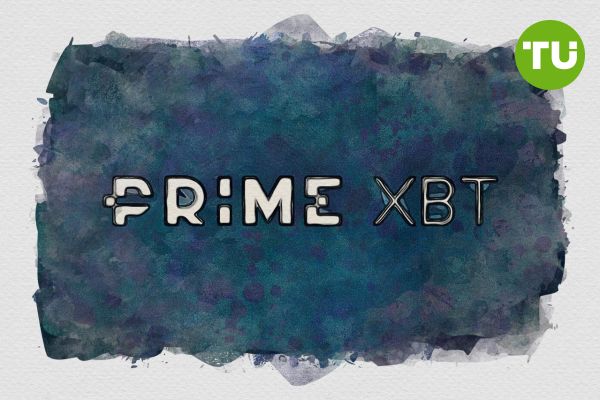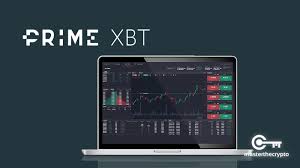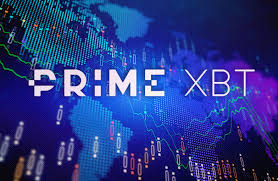Mastering Risk Management Changing a Stop Loss Order Effectively

Mastering Risk Management: Changing a Stop Loss Order Effectively
In the financial markets, managing risk is crucial for long-term success. One of the key tools traders utilize is the stop loss order. This article will delve into the intricacies of changing a stop loss order, a vital skill for any trader looking to safeguard their investments and improve their trading strategy. If you're new to trading or seeking to refine your approach, changing a stop loss order after it's placed on primexbt PrimeXBT location will provide insights to help you navigate the world of cryptocurrency trading effectively.
Understanding Stop Loss Orders
A stop loss order is an instruction to a broker to sell a security when it reaches a certain price. This tool is designed to limit an investor's loss on a security position. For instance, if you've purchased a stock at $100 and set a stop loss at $90, your position will automatically close if the market price hits $90, thus preventing further loss.
The Importance of Changing a Stop Loss Order

Changing a stop loss order is essential because market conditions are dynamic. What seems like a reasonable stop loss today might not be effective tomorrow due to various factors, including volatility, market news, and changes in your trading strategy. Here's why you need to be proactive in adjusting your stop loss:
- Protecting Your Investment: An evolving market might necessitate a review of your stop loss levels to safeguard your profits or minimize losses.
- Adapting to Market Changes: Events such as earnings reports, economic announcements, or geopolitical developments can affect stock prices substantially.
- Improving Trade Management: As your trade moves into profit, you may want to adjust your stop loss to lock in gains rather than allowing an adverse price movement to erase them.
When to Change Your Stop Loss Order
There are several scenarios in which changing your stop loss order is advisable:
- After Achieving a Target Price: If your trade hits a predetermined target, consider moving your stop loss to the break-even point or beyond.
- Following Major News: Significant news can sway market sentiment. If major news is released that affects your asset, re-evaluating your stop loss is prudent.
- As Volatility Increases: If you notice that the volatility of your asset has increased, you may want to adjust your stop loss to account for larger price swings.
- Changing Market Trends: If a bearish or bullish trend emerges, this usually calls for an adjustment of your stop loss to align with the new market sentiment.
How to Change a Stop Loss Order
Changing a stop loss order is a straightforward process, depending on the platform you are using. Here’s a step-by-step guide:

- Log into Your Trading Account: Start by accessing your trading platform where you hold your positions.
- Locate the Current Stop Loss Order: Find the specific trade for which you want to change the stop loss order.
- Edit the Stop Loss: Most platforms will have an option to edit or modify your existing stop loss order. Click this option and input the new stop loss level.
- Save Your Changes: Make sure to save or confirm your changes to ensure they are effective immediately.
Tips for Setting and Changing Stop Loss Orders
Here are some best practices to consider when setting or changing stop loss orders:
- Use Technical Analysis: Utilize support and resistance levels when deciding where to place your stop loss. This method can help you avoid premature stop-outs.
- Consider Your Risk Tolerance: Your stop loss should align with your risk management strategy. Only risk what you can afford to lose.
- Be Aware of Market Conditions: Different market conditions may call for different strategies. During periods of high volatility, wider stop losses may be necessary.
- Regularly Review Positions: Make it a habit to review your open positions and adjust stop losses based on changes in market conditions or your trading plan.
Conclusion
Changing a stop loss order is an integral part of effective trading. It not only helps protect your investment but also allows you to manage your trades in response to an ever-evolving market landscape. By understanding how to properly adjust your stop loss, you can maximize your gains and minimize potential losses, ensuring a more sustainable approach to trading.
Whether you're a newbie or an experienced trader, honing the skill of changing a stop loss order will undoubtedly contribute to your overall trading success.
